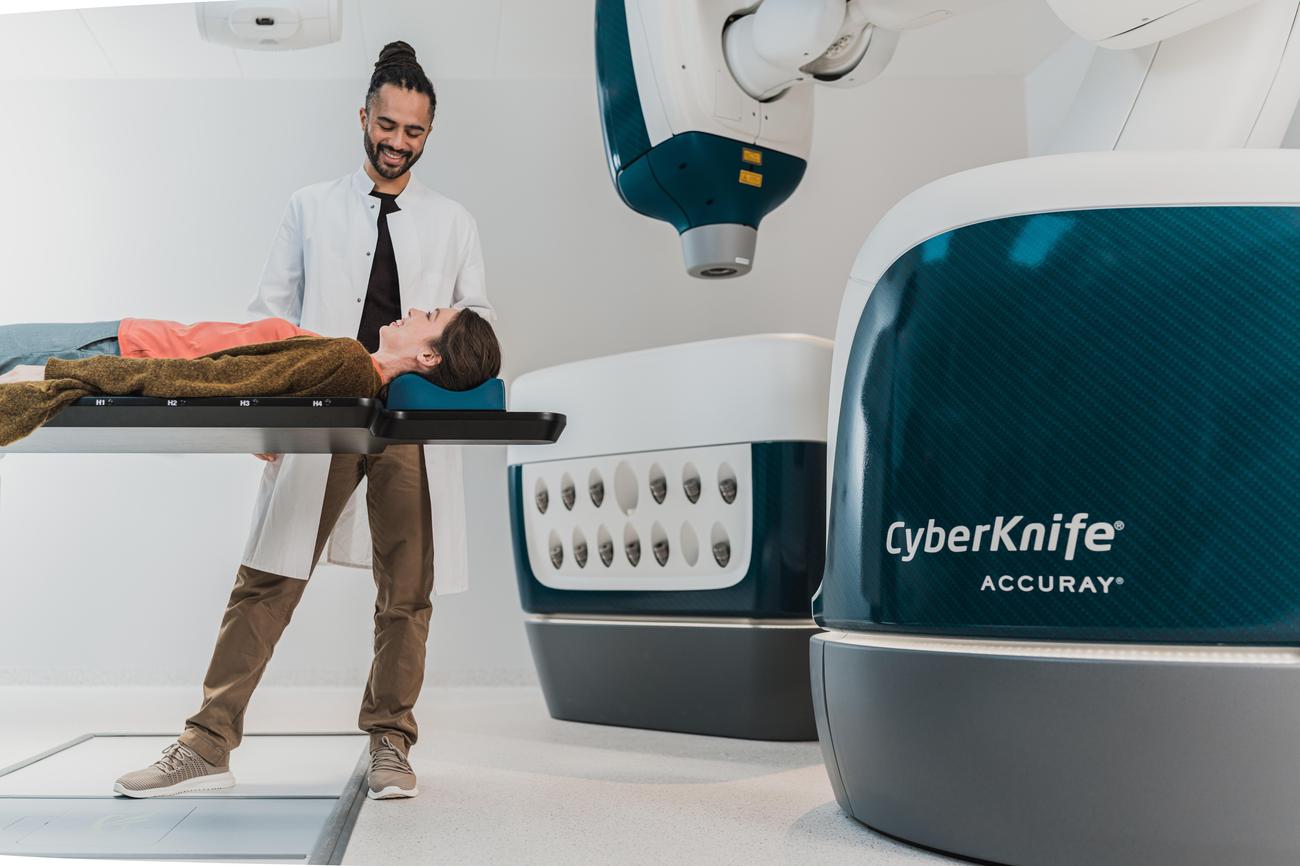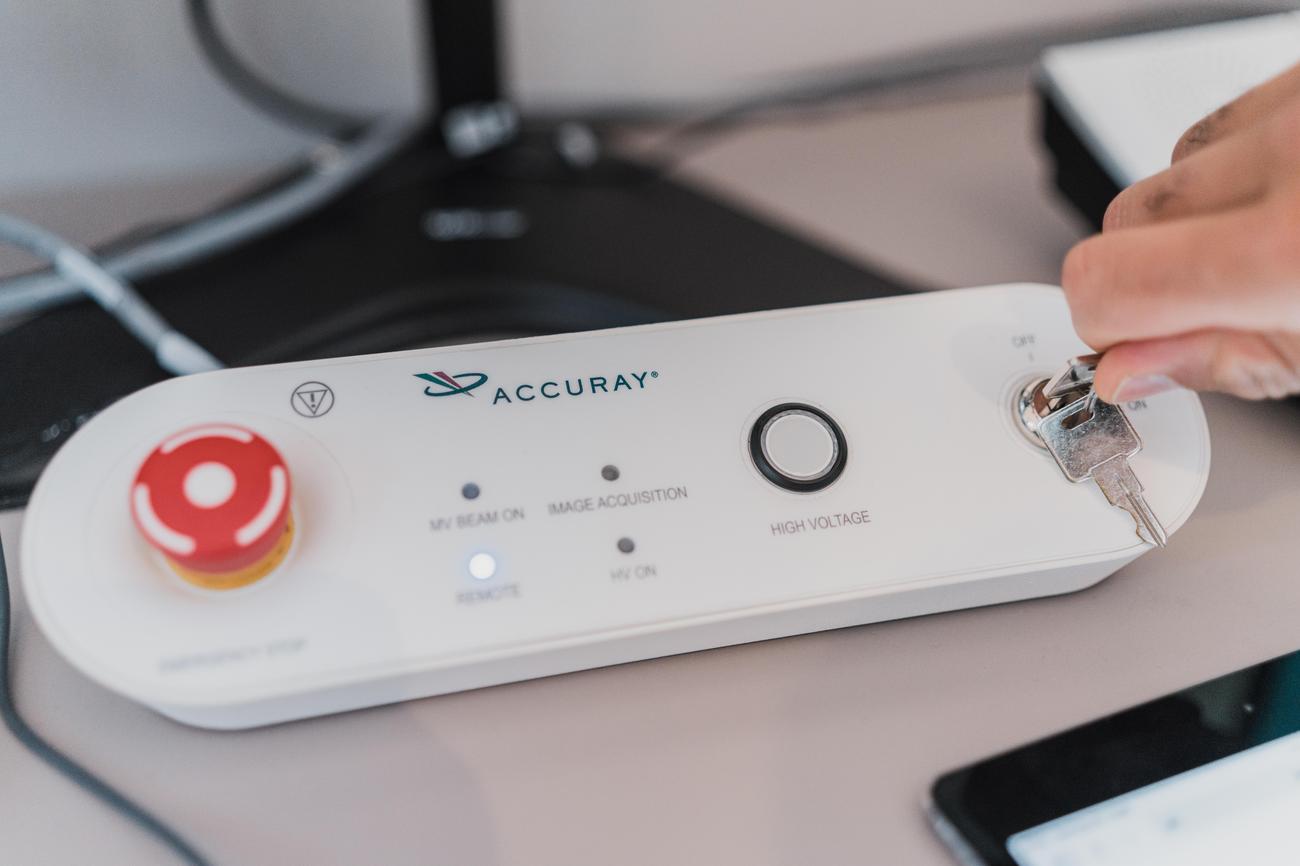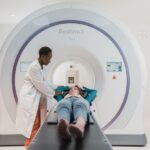Are you considering a career as a radiology tech but unsure how long it takes to become one? Look no further. In this comprehensive guide, titled “How Long Does It Take to Become a Radiology Tech? Explained,” we will delve into the educational pathway, licensing requirements, and the average time it takes to become a proficient and successful radiology tech. As a highly skilled and experienced healthcare professional in the field, I will provide you with the insights and expertise you need to make informed decisions about pursuing a career in radiology. So, let’s get started on this exciting journey together!

How Long Does It Take to Become a Radiology Tech?
Becoming a radiology tech is an exciting and rewarding career choice for those interested in the healthcare field. So, if you’re wondering “how long does it take to become a radiology tech?” you’ve come to the right place. Let’s dive into the educational pathway, licensing requirements, and the average time it takes to become a proficient and successful radiology tech.
The path to becoming a radiology tech can be completed in as little as two years. The most popular route is to earn an associate degree, which typically takes about two years to complete. During this time, you will receive comprehensive training in anatomy, medical terminology, and radiologic procedures. You’ll also gain a strong foundation in the practical aspects of operating and maintaining radiographic equipment.
A key aspect of becoming a radiology tech is completing your education at ARRT-approved schools. The American Registry of Radiologic Technologists (ARRT) sets the standard for radiology technologists and ensures that they receive quality education and training. Graduating from an accredited program will not only provide you with the necessary knowledge and skills but also increase your chances of finding employment.
Once you’ve completed your formal education, it’s time to obtain certification and licensure. Before practicing as a radiology tech, you must become certified and licensed in the state you wish to work in. This process typically involves passing an examination administered by the ARRT or a state licensing board. It’s important to note that requirements may vary by state, so it’s crucial to research and understand the specific regulations and licensing processes in your desired location.
Now, let’s answer the question: how long does it take to become a radiology tech? The timeline can vary depending on several factors, including your location and background. On average, it can take anywhere from one to four years to become a radiology tech. Factors such as the length of your degree program, the time it takes to complete your clinical training, and the processing time for certification and licensure applications can all affect the overall timeframe.
As a radiology tech, you’ll have a range of job duties, with taking diagnostic images of patients being a primary responsibility. You’ll work closely with radiologists and other healthcare professionals to produce high-quality images that aid in diagnosing and treating medical conditions. In addition to technical skills, you’ll also need strong interpersonal skills to ensure patient comfort and safety throughout the imaging process.
One of the great advantages of working as a radiology tech is the potential for career growth and specialization. After gaining experience in the field, you may have the opportunity to specialize in a particular area of radiology. This could include areas such as computed tomography (CT), magnetic resonance imaging (MRI), or mammography, among others. Specializing can open up new career opportunities and potentially lead to higher earning potential.
It’s important to note that the average median annual salary for radiologic technologists and technicians was $61,370 as of May 2021. However, it’s worth mentioning that salary can vary depending on factors such as location, experience, and specialization. So, it’s always a good idea to research salary ranges in your specific area to gain a better understanding of earning potential.
In conclusion, if you’re interested in pursuing a career as a radiology tech, the average time it takes to become one is around one to four years, depending on various factors. By completing an associate degree program, obtaining certification and licensure, and gaining practical experience, you’ll be on your way to becoming a proficient and successful radiology tech. The opportunities for specialization and the potential for a rewarding salary make this career path an attractive option for those passionate about healthcare and medical imaging.
Radiology is a captivating field that holds a plethora of intriguing facts waiting to be explored. If you’re eager to dive into the world of medical imaging, we’ve got you covered. Click here to discover “30 cool facts about radiology” that will leave you amazed and educated. With just a simple click, you’ll be transported to a page brimming with fascinating insights and surprising discoveries. So, what are you waiting for? Don’t miss out on the opportunity to expand your knowledge and satisfy your curiosity about all things radiology.
What It Takes to Excel as a Radiologic Technologist
[youtube v=”0nL8k5OB7OU”]
Becoming a radiologic technologist requires dedication, skill, and the ability to work closely with healthcare professionals. In this article, we will explore the essential qualities and training necessary for success in this field.
Training and Qualifications
To become a radiologic technologist, the most common path is to earn an associate degree, which typically takes about two years to complete. Graduating from an ARRT-approved school is essential as it increases job prospects. However, the timeline to become a radiologic technologist can vary from one to four years, depending on the chosen educational path.
Key Responsibilities
Radiologic technologists play a vital role in the healthcare system by taking diagnostic images and collaborating closely with surgeons, nursing staff, and other team members. Effective communication and teamwork are crucial as technologists work together with these professionals to ensure the successful completion of medical procedures.
Specialization and Career Growth
As a radiologic technologist, there are opportunities for career growth and specialization in areas such as CT, MRI, or mammography. By acquiring additional training and certifications, technologists can expand their skills and increase career opportunities within the field.
Impact on Patient Care
While radiologic technologists may not always have direct patient interaction, their role is instrumental in providing quality care. Through their expertise in performing imaging procedures, technologists contribute to accurate diagnoses and successful surgeries. They play an essential part in ensuring that patients receive the care they need.
Advantages of Ochsner
As a radiologic technologist, joining a reputable institution like Ochsner can provide significant advantages. Ochsner offers extensive training and exposure to different areas of radiology, including surgery, emergency room, and portables. The facility’s size and high acuity patient population allow for a diverse and enriching experience, preparing technologists for career advancement.
Qualities for Success
To excel as a radiologic technologist, certain qualities are highly valued. Candidates should be hardworking, team players, and possess strong interpersonal skills. Being proactive and displaying a positive and enthusiastic attitude can greatly contribute to thriving in this field.
In conclusion, becoming a radiologic technologist requires a commitment to training and acquiring the necessary qualifications. Effective communication, teamwork, and a passion for helping others are essential qualities for success. By choosing an institution like Ochsner, radiologic technologists can gain valuable experience, develop their skills, and open up opportunities for career growth. Remember, every day is an opportunity to learn and make a significant impact in patient care.
“Effective communication, teamwork, and a passion for helping others are essential qualities for success.”

FAQ
Question 1: How long does it take to become a radiology tech?
Answer: The time it takes to become a radiology tech can vary depending on your location and educational background. On average, it takes between one to four years. However, the most popular path is to earn an associate degree, which typically takes two years to complete.
Question 2: What are the job duties of a radiology tech?
Answer: As a radiology tech, your main responsibility is to take diagnostic images of patients using various imaging equipment such as X-ray machines, CT scanners, or MRI scanners. You will work closely with physicians to ensure accurate imaging results and patient comfort during the procedure.
Question 3: What skills are required to become a radiology tech?
Answer: To become a successful radiology tech, you need to have a strong foundation in medical imaging technology and patient care. Knowledge of anatomy, medical terminology, and radiologic procedures is essential. Additionally, you should possess technical skills in operating and maintaining radiographic equipment.
Question 4: How do I become certified and licensed as a radiology tech?
Answer: Becoming certified and licensed is necessary before you can practice as a radiology tech. You can study radiology technology at ARRT (American Registry of Radiologic Technologists)-approved schools. After completing your education, you will need to pass the ARRT certification exam and fulfill any state licensing requirements.
Question 5: Are there opportunities for specialization in the field of radiology tech?
Answer: Yes, there are opportunities to specialize in a particular area of radiology after gaining experience as a radiology tech. Some common specializations include mammography, computed tomography (CT), magnetic resonance imaging (MRI), and interventional radiology. Specializing can open doors to advanced career options and higher salary potential.
- Unveiling the Enigma: Mansoureh Khojasteh Bagherzadeh’s Public Appearances & Private Life in Iran - July 18, 2025
- Unveiling the Mystery: Mansoureh Khojasteh Bagherzadeh’s Husband: A Rare Glimpse into a Private Life - July 18, 2025
- Unveiling Masoud Khamenei’s Mother: Power, Influence, and Iran’s Future - July 18, 2025
















